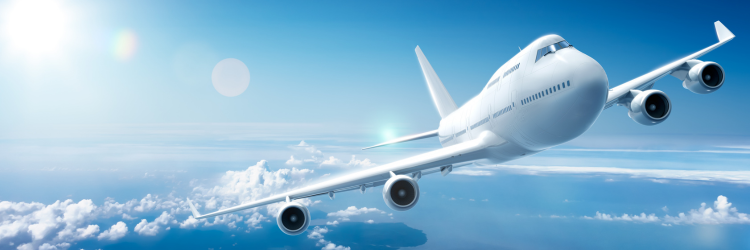Battery safety and performance have been the barriers to electrifying aviation so far. However, new battery technology under development by NASA may just break through those barriers. Electrifying flight will mean eliminating CO2 emissions that stand at approximately 2.4% of global emissions today.
Today’s battery technology doesn’t supply enough power or range for passenger aircraft, and lithium-ion batteries are lacking in meeting safety standards. Their flammability is why you can’t put items like laptops or phones in your checked luggage when you fly.
NASA has been developing technology that doesn’t use liquid electrolyte chemicals. The agency’s Solid-state Architecture Batteries for Enhanced Rechargeability and Safety (SABERS) alternative is solid-state batteries. They have the power and efficiency needed for aircraft and retain a solid structure even when damaged (they don’t catch fire).
So far, a prototype sulfur selenium battery developed by the project produces 500 watt-hours of energy per kilogram of battery. That is double the energy density of a standard lithium battery.
NASA scientists use the analogy of a battery being like a bucket. Its energy or capacity is how much the bucket can hold, while its power is how fast it is emptied. Electric planes would require it to discharge energy (empty the bucket) at an extraordinarily fast rate. So far, they’ve increased this discharge rate by a factor of 10, then a further 5, as prototypes have improved.
Researchers have also found that their solution could withstand temperatures twice as hot as lithium-ion alternatives. The design also eliminates 30 to 40% of the battery’s weight.
Solid-state batteries are still being tested and incredibly expensive, so it may be a while before it will be used. NASA’s recent breakthroughs in increasing the discharge rate of solid-state batteries have removed some of the roadblocks previously standing in the way of its use for electric planes.

